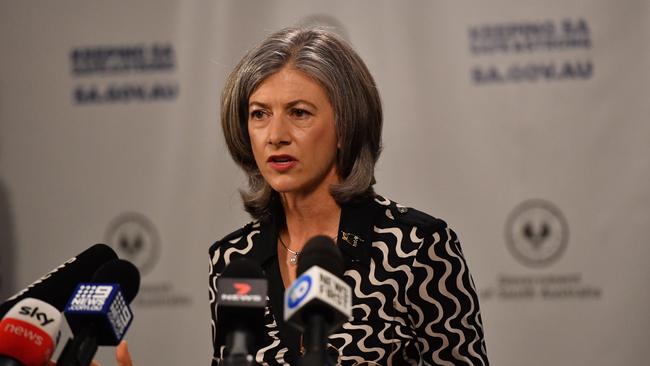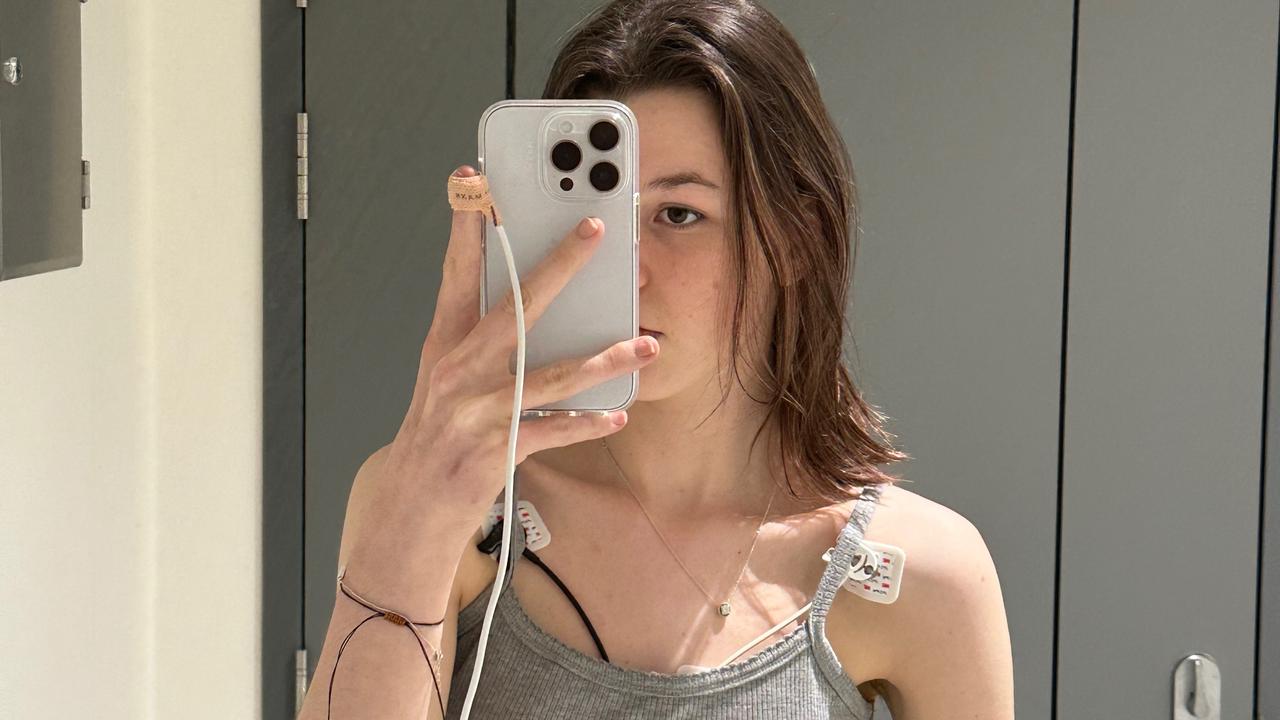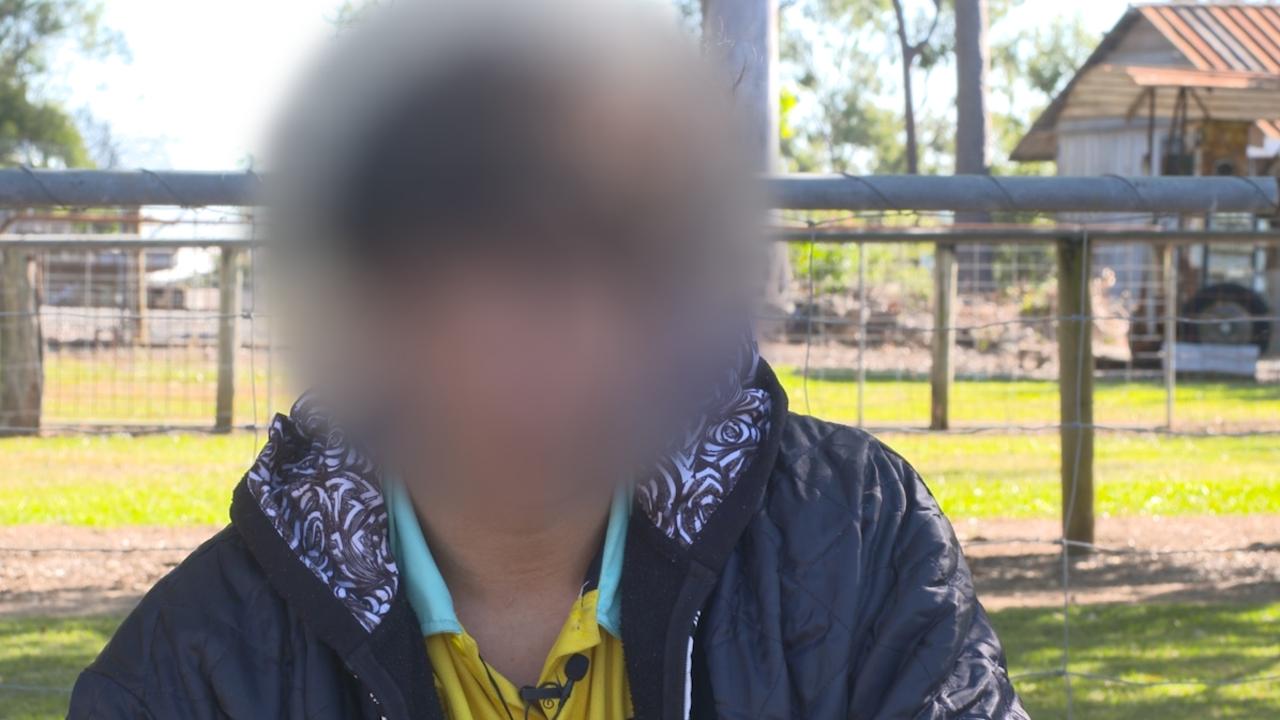Explained: How SA’s new Covid restrictions and rules work
What happens after November 23 if you’ve been to an exposure site? Are a casual contact? There’s a lot of new rules to understand. We break them down here.
Coronavirus
Don't miss out on the headlines from Coronavirus. Followed categories will be added to My News.
After South Australia’s borders open next week, contacts of Covid cases will be grouped into four categories that will then determine testing and quarantine requirements.
Contacts will either be classed a low-risk casual contact, casual contact, vaccinated close contact or unvaccinated close contact.
But what will it mean in everyday situations? SA Health has released the following Q&A for those looking for more clarity.
What do I need to do if I’m notified that I’ve been in contact with someone who has Covid?
Under the plan, anyone identified as either a low-risk casual contact, casual contact or a close contact of someone who is Covid positive will be contacted by SA Health. Contacts will then be given advice on what they need to do regarding quarantine and testing.
How will levels of contact be assessed?
The classification of a contact will be determined by the amount of exposure time, how close the contact was to the case, whether a mask was worn, and the setting of the exposure. It could also include factors such as how infectious the case was and how many cases were in the same area.
What is a low-risk casual contact?
That’s when both the Covid case and the contact were wearing masks and maintaining social distancing. In these cases, the exposure time will have been limited and outdoors or in a large indoor space. Examples given by SA Health are exposure to a Covid case when:
– Walking through Rundle Mall
– Watching children’s sport outdoors
– Shopping in large supermarkets and warehouses
– Passing very briefly in a corridor (if you are vaccinated)
What is a casual contact?
That’s when there is non-physical contact with a case, at a significant distance and for a very short amount of time. SA Health said the risk of Covid transmission for this type of contact is “very small” and gave examples of exposure to a Covid case when:
– Passing very briefly in a corridor (if you are unvaccinated)
– Masked and shopping in a mid-sized fruit and vegetable shop for less than 15 minutes
– A short meeting (less than 15 minutes) in a large meeting room (>100m2) (although if you are vaccinated you would be classified as low risk)
What is a close contact?
That’s when a person has had at least 15 minutes of face-to-face contact with a person infected with Covid, or when there has been physical contact; for example, hugging or shaking hands. This type of contact could also be applied in situations where there hasn’t been social distancing, or where there’s been a longer exposure time. Examples given by SA Health include exposure when:
– People you share a house with have Covid
– Gathering in households
– Travelling together in a vehicle
– Eating with friends in any venue
– Sitting next to someone in a cinema
What are the benefits of the Testing, Tracing, Isolation and Quarantining (TTIQ) model?
Fewer people will be required to quarantine. It will also enable more people to quarantine for shorter periods of time. For example, if a vaccinated person is required to quarantine it will only be for seven days, as opposed to an unvaccinated person who will be required to quarantine for 14 days.
How can I reduce my risk?
SA Health says the best way to reduce the risk of catching Covid is to:
– Wear a mask particularly indoors and in high-risk settings
– Maintain physical distancing (greater than 1.5m away from other people you don’t know)
– Get vaccinated
– Wash your hands regularly (use hand gel if unable to wash hands)
When can I go back to work if I am a vaccinated close contact?
If you are well, after seven days from last contact with the case and you have had a negative day-six test you can return to work, while adhering to some other requirements. These include, from days 8-14:
– Wear a surgical mask around other people at all times
– Avoid any non-essential activities
– Do not attend Covid Management Plan events
– Do not enter a high-risk setting (hospital, aged-care facility) except for essential reasons
– Avoid contact with vulnerable people (elderly, pregnant and people with chronic health problems)
– Avoid shared spaces and maintain physical distancing.
This may also depend on whether you work in a critical, essential, healthcare, education setting where different testing and quarantine requirements may apply.

What is the vaccination status of under-12s?
For the purposes of contact tracing and isolation, anyone under 12 years old will be considered unvaccinated.
Will all these requirements to isolate due to a Covid-positive close contact be removed for fully vaccinated people when SA reaches the 90 per cent population vaccination target?
This model of TTIQ will come into effect on November 23 and be in operation while the vaccination rate of the South Australian population is between 80 and 90 per cent of 16+ year olds. A further update will be provided. It may also change depending on the epidemiological situation.
Will venues/businesses be required to close and undertake a deep clean if a staff member/visitor/patron test positive?
Premises must be cleaned following the attendance of a confirmed Covid case. Routine cleaning processes are adequate. This can be done overnight so as not to disrupt normal business hours. If premises are notified during business hours, they may need to close for a short time to undertake cleaning. Once the clean is complete, the business can re-open without any other requirements (unless directly contacted and advised by SA Health).
If one bartender in a small bar is positive, will the rest of the staff on shift have to isolate for 14 days?
Contact tracing and risk assessment will be conducted to determine casual and close contacts of the case. The vaccination status of all individuals involved will be taken into account.
Is stand-up consumption still allowed outside? Still no dancing?
The new test, trace, isolation and quarantine model does not impact the requirements outlined in the Public Activities Direction. To keep Covid cases within the limits of the South Australian health system capacity, modelling has shown that it is important to maintain our current public activity restrictions (including mask-wearing in public indoor spaces).
Will staff be required to isolate if they come into contact with a customer who later tests positive?
SA Health will conduct contact tracing and risk assessment based on the period when the customer was assessed as being infectious, the environment they were in (indoors, outdoors, size of venue) and the length of time each individual spent with the customer.
If a staff member on checkout tests positive, will SA Health need to trace customers?
SA Health will be responsible for contacting customers who are assessed as either casual or close contacts.
Will retail Santas be required to wear masks and distance from children in Christmas photos?
All retail employees are required to follow the Public Activity Directions, which detail the use of masks in indoor and high-risk settings.
What if my child catches Covid at childcare? Will the centre be closed?
A specific TTIQ approach is being developed for education and childcare facilities, and will be publicly available before the new TTIQ model is introduced on November 23.
What if my child plays with another child who later tests positive?
SA Health will conduct contact tracing and risk assessment based on the period when the positive case was assessed as being infectious, the environment they were in (indoors, outdoors, size of venue), the length of time they spent with the child.
What if a staff member at my childcare centre later tests positive, will my child have to isolate? Will I have to isolate with them?
SA Health will conduct contact tracing and risk assessment based on the period when the positive case was assessed as being infectious, the environment they were in (indoors, outdoors, size of venue) and the length of time they spent with the child. If the child (under 12 years old) is assessed as being a close contact, people in the same household who are vaccinated need to get a test on day 1 and day 6. However, people in the same household who are unvaccinated will be required to quarantine for 14 days.




